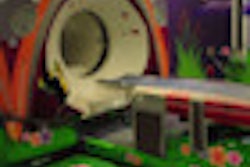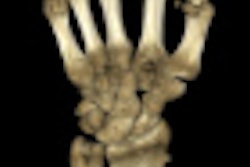Sunday, November 28 | 11:35 a.m.-11:45 a.m. | SSA09-06 | Room E351
In this Sunday presentation, a research team from the U.S. National Institutes of Health (NIH) will share its success with an automated 3D renal cortex segmentation technique for abdominal CT images.Most kidney cancers are directly or indirectly related to the renal cortex, placing an important role on its segmentation for clinical research. However, renal cortex segmentation on abdominal CT scans is mostly performed manually, which is a subjective and tedious method, said presenter Xinjian Chen, PhD.
As a result, the research team sought to develop and test a fully automated 3D renal cortex segmentation technique, which combines an active appearance model (AAM) and live-wire and graph-cut methods, Chen said.
The method, called GC-OAAM, was then validated on 19 arterial-phase CT datasets and compared with manual segmentation, which was performed slice by slice by two users. The automated method achieved high correlation with manual segmentation and can replace the current subjective and time-consuming manual procedure, according to Chen.
"Our GC-OAAM technique provides an automated, objective, and accurate segmentation of the renal cortex," he said.





















